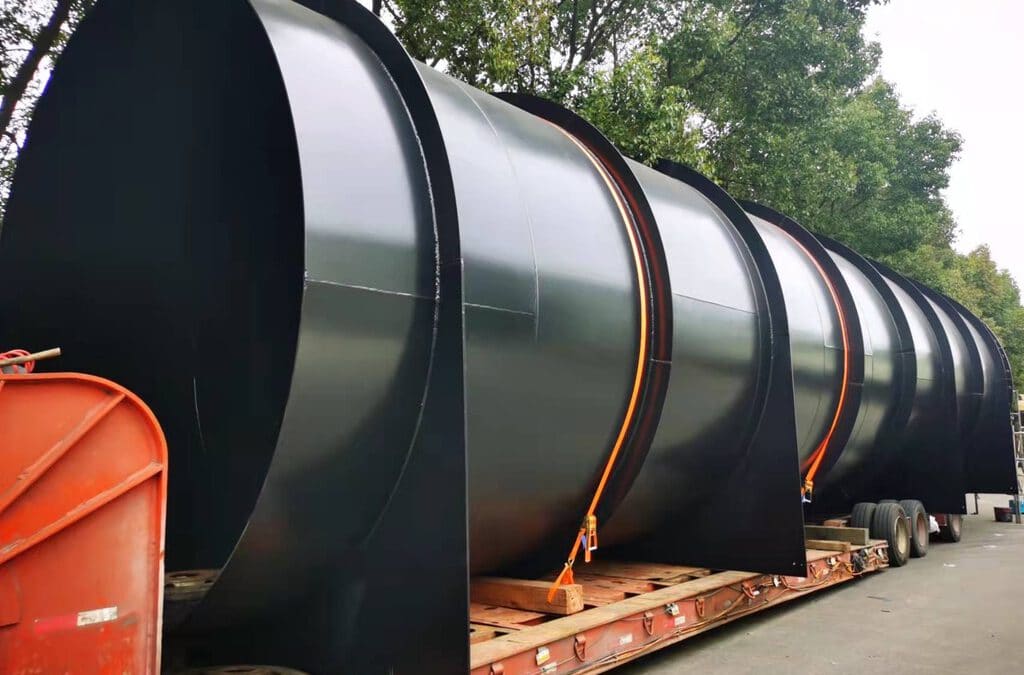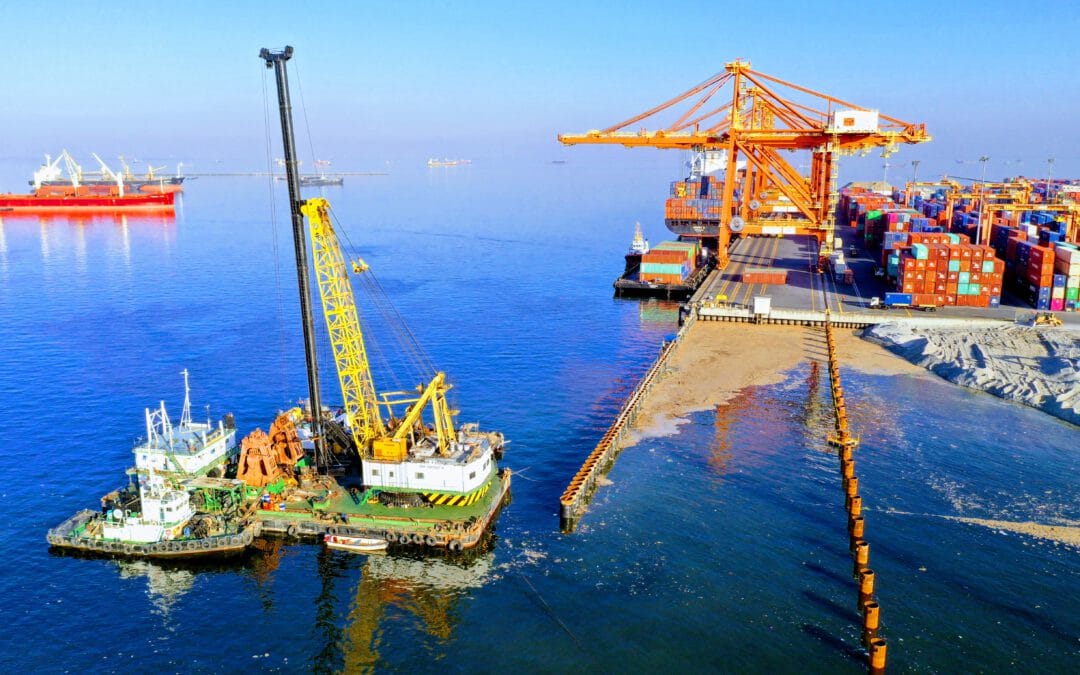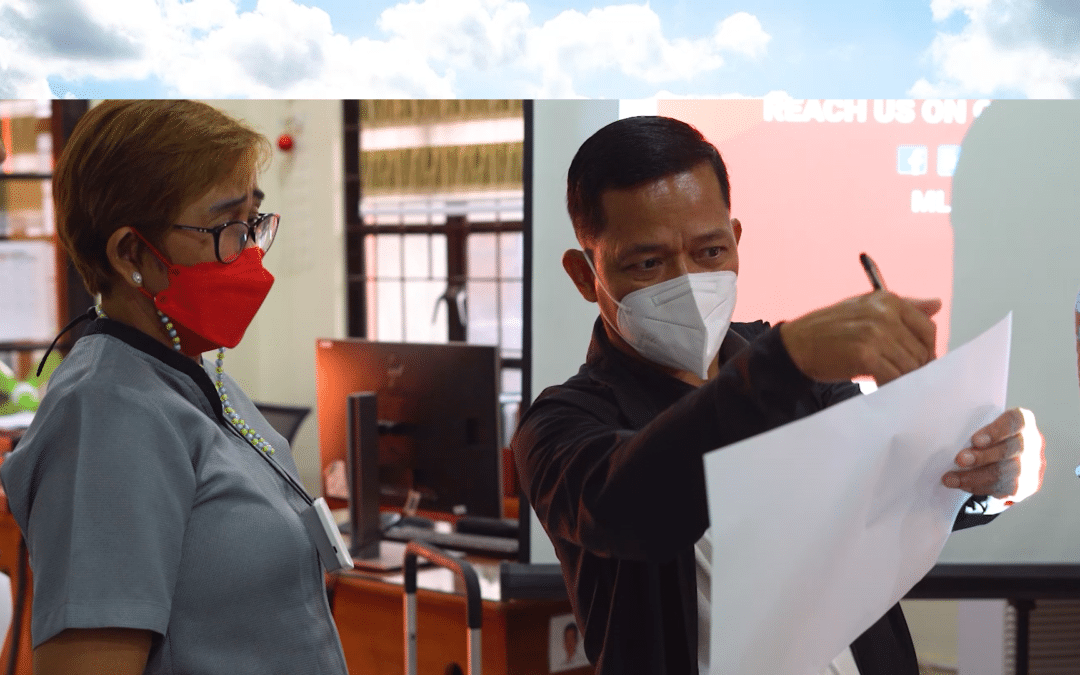Targeted Sacrificial Thickness is a unique and innovative method of providing corrosion protection for your port or marine projects. Steel when exposed to air and moisture will undergo a process of corrosion. This corrosion if not mitigated, will result in steel loosing its properties and failing. Hence, for steel solutions such as steel sheet piles, combination walls, pipes or O-Pile, corrosion protection methods such as Coating, Cathodic Protection, Alloy Additives and Targeted Sacrificial Thickness is often used. In this short post, we seek to explore the different advantages and disadvantages of each protective methods and why we feel, targeted sacrificial thickness is the best method.
Corrosion in harbours and ports is a major issue and many operators spend massive amounts of money ensuring and maintaining their structures against the harsh environment. Apart from corrosion due to collisions from vessels, steel pipe piles or sheet piles often corrode the most in two unique areas, Low Water Zone and Splash Zone.
An excellent article by International Navigation Association highlights these findings. To download click HERE
Corrosion Zones
Corrosion Protection Method 1: Coating
Coating or Painting is by far one of the most commonly used methods for protecting steel. By applying a coat of paint over the exposed steel, it acts as a barrier and keeps corrosive elements such as air and sea water from interacting with the steel surface. This prohibiting layer for most cases comes in a form of abrasion resistant epoxy coating. Cost of applying a layer of coating generally varies due to labour and application cost. However, this cost is widely accepted as a reasonably economical price to pay to protect steel over long periods of time.
Before coating can be applied onto steel, an important process of blasting to clean the base metal is required. This process if not controlled well, will result in poor adhesion of the base coat to the steel surface. Different types of paint have different properties such as drying times and humidity specifications. These specifications must be strictly adhered to. However in humid climates such as Singapore, application is often hampered due to rain or dew.
Owners will often find it hard to control how manufacturers coat their materials and during handling and construction, paint is easily chipped and damaged. Furthermore, paint warranty by most paint manufacturers is limited up to 5-10 years. After which, further costs is required for maintaining the paint system.
Paint is effective for both splash zone and low water zone.
Pros: Cost effective, quick application time and done mostly before arriving on site.
Cons: Limited control during application due to weather, maintenance cost, easily susceptible to chips and damage during handling installation.
Corrosion Protection Method 2: Cathodic Protection
Cathodic protection is another popular solution which many consultants specify for port projects. Corrosion under the water line can be substantially eliminated by electrolytic means by the installation of cathodic protection using impressed current or sacrificial anodes.
However, cathodic protection is only suitable for low water zone and not suitable for splash zone. Additional or partial coating is still required for the areas affected by the splash zone. Cathodic protection is also not suitable in certain countries such as Philippines whereby village dwellers living near to the port will dive below the pier to steal the sacrificial anodes. Lastly, cathodic protection requires special construction measures and must therefore be taken into account in the design phase.
Pros: Effective in Low water zone where paint repairs would be expensive.
Cons: Not effective in splash zone and still requires paint.
Corrosion Protection Method 3: Alloy Additives
Copper when added to steel, does increase the service life of steel in the splash zone especially in tropical region with salt-laden moving air. However, such additives will have no effect in the low water zone. As such, either paint or cathodic protection is still essential in the low water zone. Examples of such steel with high copper content are ASTM A690 Mariner Steel Grade. Mer Lion Metals offers a very high variant of ASTM A690 Mariner Grade Steel of Yield Strength exceeding 400MPa. This is a result of a collaboration with a major steel mill to achieve such a grade of steel.
Pros: Effective in Splash Zone by 2-3x.
Cons: Not effective in Low water zone and still requires Paint or Cathodic Protection. Steel not readily available.
Corrosion Protection Method 4: Sacrificial Thickness
Targeted Sacrificial Thickness – Welding a thicker pipe to a thinner pipe
Traditionally, sacrificial thickness has not been the preferred choice for counteracting the effects of corrosion. Steel is sold based on weight and by having more steel to allow it to corrode, in essence would mean you would have to pay a much higher upfront cost for a thicker section of steel, and allow it to slowly corrode. This cost in most cases, is higher than paint or other methods of corrosion protection. Also, for solutions such as sheet piles, it is only possible to have a thicker section throughout the entire profile length. It would not be possible for the thickness of steel to be targeted at a particular area where corrosion is rampant. As you have seen above in the graph shown, where we really require extra steel is only in the splash zone and low water zone. Elsewhere, little corrosion is encountered and for the areas embedded within the sea bed, it is near negligible.
As our company operate within Asia, many port operators which we work with encounter very high salinity in the water. Corrosion rates used are as high as 0.1mm/side/year. Therefore, in certain cases, designers use corrosion as the governing factor for the design. Just imagine a sheet pile which may be 12mm thick, over 50 years of high corrosion rates, there may only be 7mm left! Due of this issue, many port operators with deep dredge depths consider using solutions such as O-Pile which utilizes a very efficient Pipe-Pipe wall system. You can refer to O-Piles listed on our webpage to understand the advantages of this solution. By knowing the corrosion rates for a particular type of environment, we can confidently design piles to rust at the rates suggested and have a maintenance free solution.
Targeted sacrificial thickness is only possible if a Pipe-Pipe wall solution is utilized. Why is that so? Because for pipes, we are able to produce pipes based on different thickness, outside diameter and thickness By playing with these dimensions, we could easily have a 12m pipe of 762mm OD x 14mm Thk spliced onto a 12m pipe of 762mm OD x 12mm thick. The thicker pipe could be above the ground where corrosion is higher and the thinner pipes could be embedded below the sea bed where corrosion is lower. In this manner, customers need not pay more for the steel they don’t require. This is however not possible for beams or sheet piles and other combination walls as it is not possible to splice a thinner pile onto a thicker pile.
Having more steel where it matters.
Weld of the pipes occur below the surface of the ground where bending moments are the lowest.
Pros: Effective where it matters at the splash zone and low water zone. Comparatively, cheaper than other methods.
Cons: A light coat of paint may still be utilized for surface appearance beautification purposes.
Targeted Sacrificial Thickness is far superior to the other methods of corrosion protection simply because it is maintenance free. You need not worry whether it was handled properly or whether application was done correctly. Piling of Pipes with targeted sacrificial thickness is no different and the splicing could be done in the factory and not on site. Lastly, by using targeted sacrificial thickness, you have the confidence that the piles will corrode as per the rates published and after 50 years, you will still have a piles as strong as you design them to be.
To find out more about O-Piles and Targeted Sacrificial Thickness, kindly contact our sales team to understand more.









